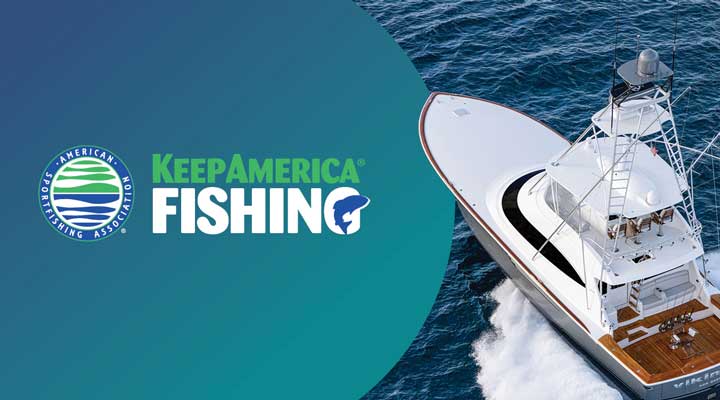Overview of the Issue
In 2005, Congress established the Renewable Fuel Standard (RFS) to promote the use of alternative biofuels in conjunction with traditional gasoline. The biofuel of choice quickly became ethanol, a corn-based alcohol.
In 2007, Congress expanded the RFS mandating that fuel suppliers blend higher concentrations of ethanol into the nation’s gasoline and diesel supplies. The 2007 RFS update also included yearly, increasing benchmarks for the minimum volume of ethanol required to be blended into the consumer fuel supply.
Currently, most gasoline available is 10% ethanol, or E10, but the U.S. ethanol industry is pushing for wider use of E-15, a gasoline blend that is 15% ethanol.
Higher concentrations of ethanol in fuel can cause serious mechanical problems in boat and car engines. The added ethanol causes the engines to run at much higher temperatures which increases wear and shortens life. Higher ethanol gas is particularly damaging to small two-stroke engines. In many engines, high ethanol fuels can damage seals and gaskets which increases the possibility of fire and serious engine damage. E15 is so destructive that insurance carriers will not cover claims and vehicle manufacturers will void warranties for engine damage due to its use.
WHAT ASA is doing
ASA has asked for common sense reforms, such as ensuring that any future ethanol volumes do not exceed 9.7 percent of the nation’s total fuel supply; protecting true consumer choice at the pump by not artificially decreasing the supply of ethanol-free gasoline; and implementing new and more effective misfueling mitigation protections that will educate and protect all consumers.
Following the spring meeting between the E15 coalition and the EPA, the agency released a proposed rulemaking that allowed the coalition to voice our concerns with the existing label, and to draft stakeholder comments on our desired changes to the E15 label for submission. Early in the summer, the EPA was difficult to contact and did not express interest in adopting changes to the label or the education campaign we proposed, mostly due to election year politics. However, the EPA recently reached out to our coalition to inform us that the agency would be publishing an ANPRM in October to solicit comments on whether changes to the E15 label are necessary.
ASA, NMMA and other coalition members continue to collaborate on ways to collect and present updated, relevant data on the dangers of the current E15 label used at the pump. This is especially timely as the President has committed to allowing E15 blends to be sold at pumps designed for lower-biofuel blends. The proposed policy change could flood the market with a higher-blend fuel, dangerous for both consumers and the environment. While the EPA is expected to address the policy change through its regulatory process by the end of the year, ASA, along with the E15 coalition, is committed to continuing our advocacy for improved consumer protection and the concerns of the angling and boating community.
During the 115th Congress, Rep. Austin Scott (R-GA) and Rep. Lois Frankel (D-FL) introduced H.R. 5855, the Consumer Protection and Fuel Transparency Act of 2018 on May 16, 2018. The legislation included some small steps that go a long way to help ensure consumers are aware of the types of gasoline that are available at the pump and what is safe for their engine, such as clearer labeling at the pump. This legislation was reintroduced during the 116th Congress as H.R. 1024 on February 6, 2019 and has been referred to committee.









